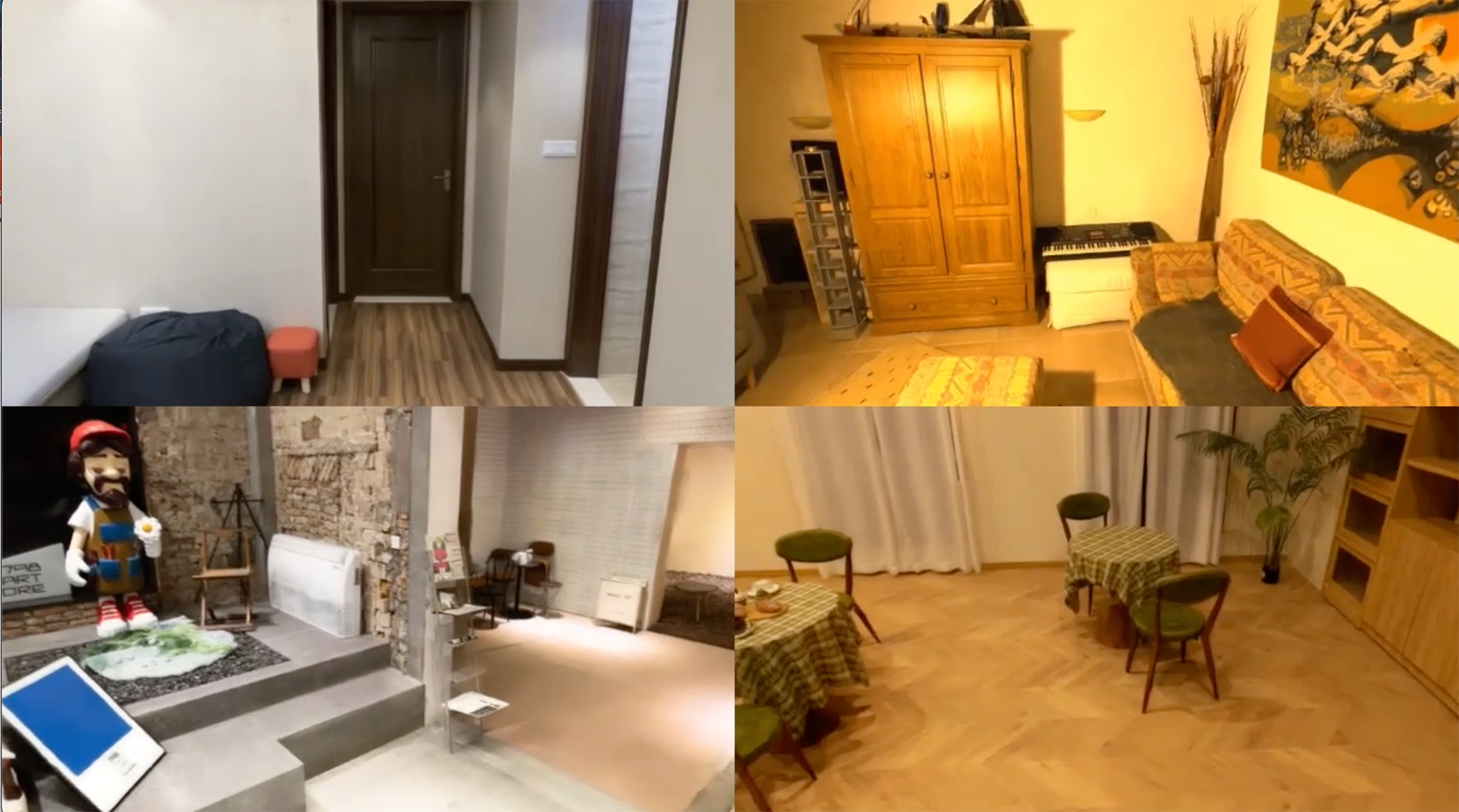Difference between revisions of "Neural Fields for Scalable Scene Reconstruction"
Abel Maciel (talk | contribs) (→Conference Slides) |
Abel Maciel (talk | contribs) (→Bibliography) |
||
| Line 26: | Line 26: | ||
=Bibliography= | =Bibliography= | ||
*Anderson, T.T., 2011. Complicating Heidegger and the Truth of Architecture. The Journal of Aesthetics and Art Criticism 69, 69–79. | *Anderson, T.T., 2011. Complicating Heidegger and the Truth of Architecture. The Journal of Aesthetics and Art Criticism 69, 69–79. | ||
| − | |||
| − | |||
| − | |||
Revision as of 20:07, 5 November 2022
DC I/O 2021 Keynote by JAMES TOMPKIN. https://doi.org/10.47330/DCIO.2022.AXBL8798Abstract
Neural fields are a new (and old!) approach to solving problems over spacetime via first-order optimization of a neural network. Over the past three years, combining neural fields with classic computer graphics approaches have allowed us to make significant advances in solving computer vision problems like scene reconstruction. I will present recent work that can reconstruct indoor scenes for photorealistic interactive exploration using new scalable hybrid neural field representations. This has applications where any real-world place needs to be digitized, especially for visualization purposes.
Presentation
Conference Slides
Keywords
AI, Architect, Creativity, Displacement, Intelligence, Human, Machine, Software, Utilitarianism, Value
Reference
DOI: https://doi.org/10.47330/DCIO.2022.AXBL8798
Bibliography
- Anderson, T.T., 2011. Complicating Heidegger and the Truth of Architecture. The Journal of Aesthetics and Art Criticism 69, 69–79.

